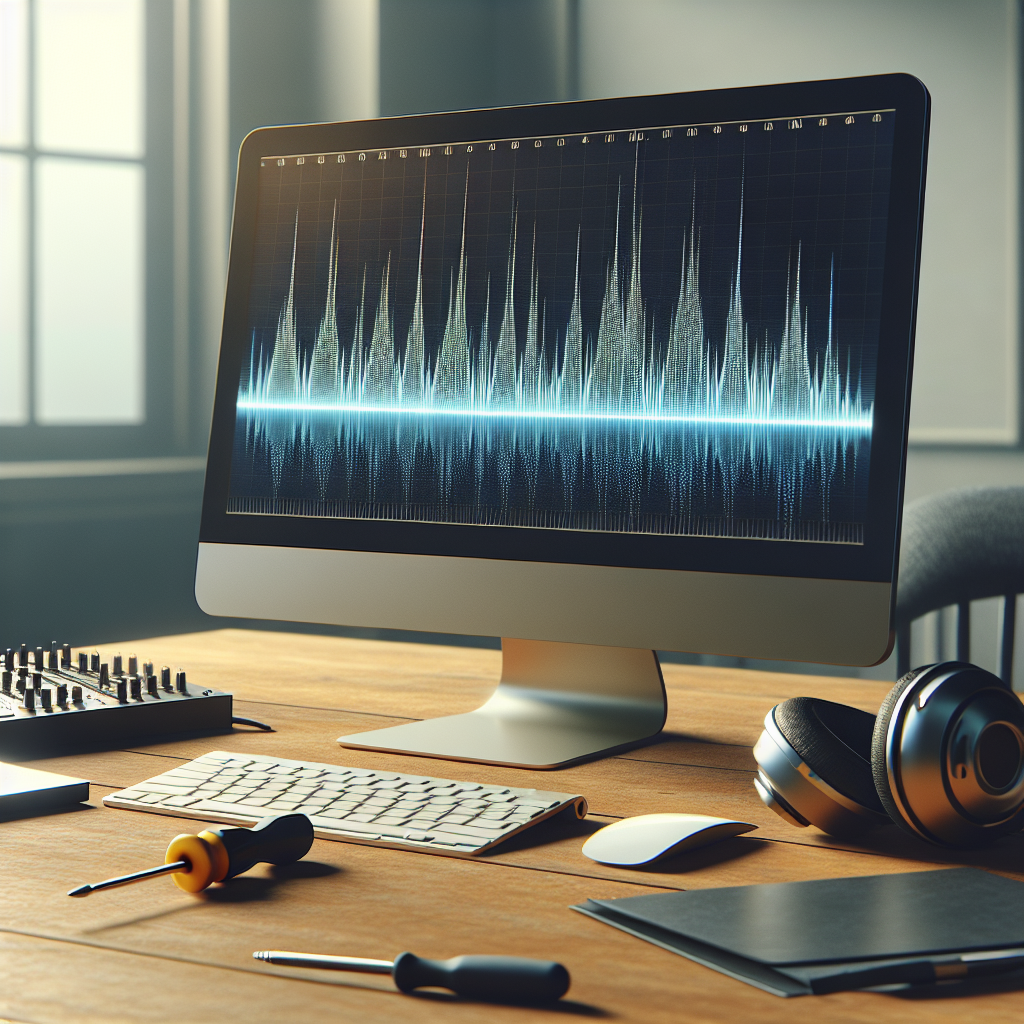Experiencing sound issues on your computer can be incredibly frustrating, especially when you need to attend a virtual meeting, watch a video, or simply listen to music. Whether it’s a minor glitch or a more significant problem, there are several ways to diagnose and solve sound-related problems. Here’s a comprehensive guide to help you fix sound issues on your computer.
Common Causes of Sound Issues
Before diving into solutions, it’s crucial to understand what might be causing the sound issues:
| Potential Cause | Description |
|---|---|
| Hardware Issues | Problems with speakers, headphones, or other audio devices. |
| Driver Problems | Outdated or malfunctioning audio drivers. |
| Software Conflicts | Third-party applications interfering with the audio system. |
| Settings Misconfigurations | Incorrect system or application audio settings. |
Step-by-Step Solutions
1. Check Your Audio Device Connections
- Inspect Physical Connections: Ensure all cables connecting your audio devices are properly inserted.
- Try Different Ports: Plug your audio device into a different port to rule out port-specific issues.
2. Review and Adjust Volume Settings
- System Volume: Click on the speaker icon in your taskbar to check and adjust the system volume.
- Application Volume: Ensure the volume within the application you’re using (e.g., video player, music app) is turned up.
3. Update or Reinstall Audio Drivers
- Device Manager: Right-click on the Start menu and select Device Manager. Find and expand the ‘Sound, video, and game controllers’ section.
- Update Drivers: Right-click your audio device and select ‘Update driver.’
- Reinstall Drivers: If updating doesn’t work, uninstall the device and restart your computer to reinstall.
4. Check the Sound Settings
Sometimes, the problem may just be with the sound settings:
- Sound Control Panel: Go to Control Panel > Hardware and Sound > Sound. Check playback devices and ensure the correct device is set as default.
- Troubleshoot: Windows also provides a built-in troubleshooter. Right-click on the sound icon and select ‘Troubleshoot sound problems.’
5. Inspect Hardware Issues
- Test with Another Device: Try using the same audio device on another computer to rule out hardware failures.
- Internal Components: If using a desktop, ensure internal components like the sound card are properly seated in the motherboard.
6. Restore Windows System
In extreme cases where software conflicts are irresolvable:
Using System Restore:
- Create a Restore Point: Always create a restoration point before making major system changes.
- Roll Back System: Navigate to Control Panel > Recovery > Open System Restore and select a recovery point before the issue arose.
Conclusion
Sound issues on a computer can stem from various sources, including hardware malfunctions, driver problems, and setting misconfigurations. By following this guide, you can systematically diagnose and fix most common sound issues yourself. If problems persist, consulting with a professional technician may be your best course of action.

